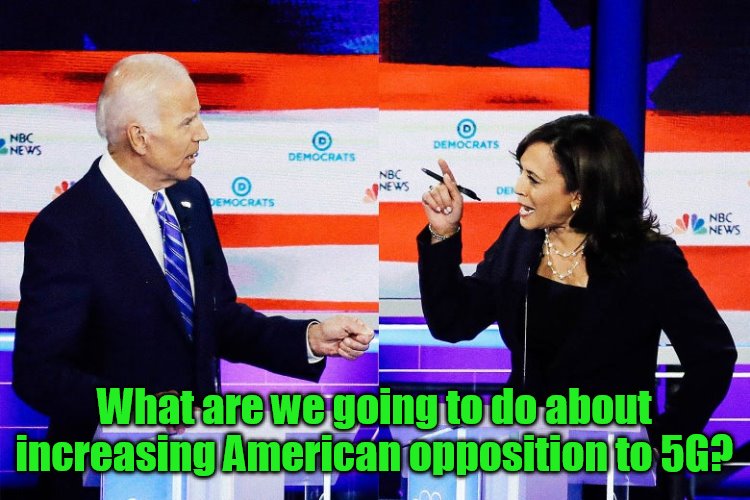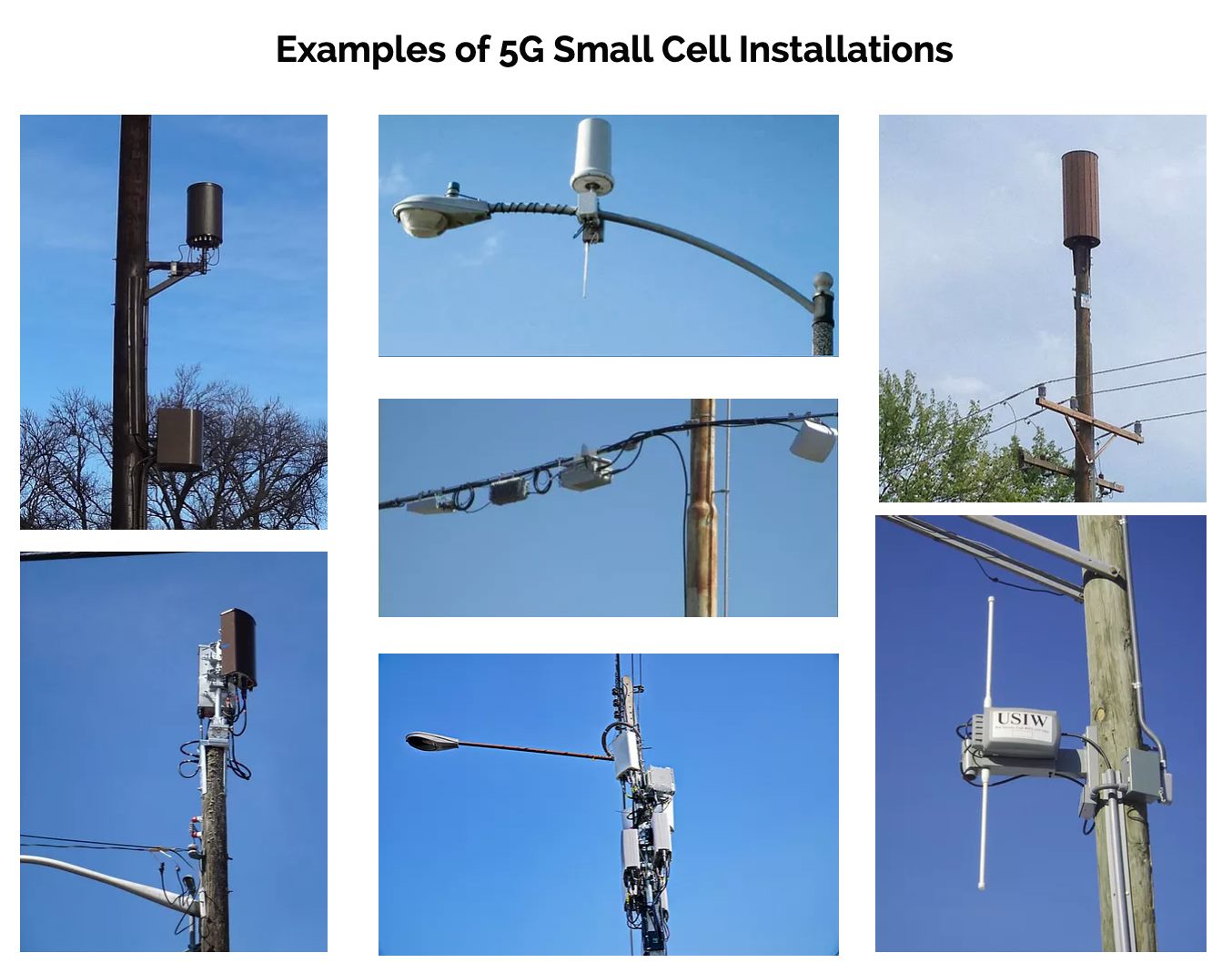 By B.N. Frank
By B.N. Frank
American opposition to 5G deployment has been ongoing for years due to various significant risks associated with it including aviation safety risks (see 1, 2, 3, 4, 5, 6), cybersecurity risks (see 1, 2, 3, 4), environmental risks (see 1, 2, 3, 4, 5, 6, 7, 8), health risks (see 1, 2, 3, 4, 5, 6, 7, 8), privacy risks (see 1, 2, 3), weather forecasting satellite interference risks, and utility infrastructure interference risks.
Studies have also revealed that 4G is still better, more reliable, and safer than 5G (see 1, 2, 3, 4, 5, 6, 7). Nevertheless, 5G expansion continues throughout the U.S., much of it being funded by the Biden Administration (see 1, 2). In fact, AT&T recently announced it will be speeding up its 5G deployment by attaching small cells to existing streetlights.
From Fierce Wireless:
AT&T is deploying streetlight-powered 5G small cells
By Sue Marek
AT&T is accelerating the deployment of its 5G network by integrating small cells into existing streetlights to reduce costs and speed installation. The company said that in some cases, a small cell can be deployed in as little as 15 minutes.
In a blog post, Gordon Mansfield, VP of mobility access & architecture at AT&T, said that AT&T tested prototypes of these streetlight-powered small cells last year and now the company is in the process of field testing and commercially deploying the units in several cities. An AT&T spokeswoman declined to reveal the specific cities but said that they were selected “because of need and because they have government and local utility and lighting providers with procedures and practices in place that make the deployment faster.”
Mansfield said that one of the biggest challenges in deploying new network infrastructure is the time it takes to acquire sites, engineer designs and secure permits, noting that it can often take between 12 to 18 months to get a new site installed.
By incorporating 5G radios into streetlights operators can significantly reduce that time. Streetlights already have electricity and they are often in close proximity to fiber for backhaul. Plus, they are the perfect height for a small cell because they are typically 8 to 10 meters high and they are spaced about 50 meters apart. In addition, most streetlights have a common electric socket, known as the ANSI C136 (or NEMA) socket.
RELATED: Could streetlights make sense for small cell deployments?
About three years ago Mansfield said he connected with smart solutions startup Ubicquia and asked the company about the possibility of streetlight-powered small cells. Ubicquia partnered with Ericsson and the two companies develop the Ericsson Street Radio 4402, a small cell that can be plugged into existing streetlights with a NEMA socket. The device sits just above the streetlight shield and next to the light so it blends into the existing infrastructure. The radio supports low- or mid-band 5G, with a fully integrated 4×4 MIMO antenna system.
RELATED: Ericsson looks to blend in with new 5G
Mansfield added that the 5G streetlight-powered small cells are equipped with smart sensors that can detect when a streetlight isn’t working because it was damaged in a storm or due to a blackout. “This helps us in quickly assessing damage and dispatching crews for repairs or alerting the power provider of an issue,” he said.
Another appealing aspect of the Ericsson Street Radio is that during its deployment existing bulbs on light poles can be replaced with LED lights to reduce power consumption and contribute to sustainability goals.
Opposition to 5G is worldwide which has slowed and/or stopped deployment in some locations. Since 2017 doctors and scientists have asked for moratoriums on Earth and in space (see 1, 2) and the majority of scientists oppose deployment. Since 2018 there have been reports of people and animals experiencing symptoms and illnesses after it was activated (see 1, 2. 3, 4). In 2019, telecom executives testified that they had NO scientific evidence that 5G is safe. Some researchers have suggested that deployment may be contributing to COVID-19 infections while others say it’s not. Nevertheless, there are health risks associated with 5G exposure as well as exposure to 4G and other sources of wireless Wi-Fi radiation (see 1, 2) and Electromagnetic Fields (aka “Electrosmog”). Additionally, last year, a federal court ruled in favor of organizations and petitioners that sued the Federal Communications Commission (FCC) for NOT adequately protecting Americans from wireless radiation exposure (including 5G).
Activist Post reports regularly about 5G and other unsafe technology. For more information visit our archives and the following websites.
- Americans for Responsible Technology
- Wireless Information Network
- 5GFree
- 5G Information
- 5G Space Appeal
- WhatIs5G.info
- Safe Tech International
- Electromagnetic Radiation Safety
- Environmental Health Trust
- Physicians for Safe Technology
- Scientists4WiredTech
Become a Patron!
Or support us at SubscribeStar
Donate cryptocurrency HERE
Subscribe to Activist Post for truth, peace, and freedom news. Follow us on SoMee, Telegram, HIVE, Flote, Minds, MeWe, Twitter, Gab, What Really Happened and GETTR.
Provide, Protect and Profit from what’s coming! Get a free issue of Counter Markets today.


Be the first to comment on "AT&T Speeds Up 5G Deployment by Installing Streetlight-Powered Small Cells That Sit above Streetlight Shields, Next to Lights"